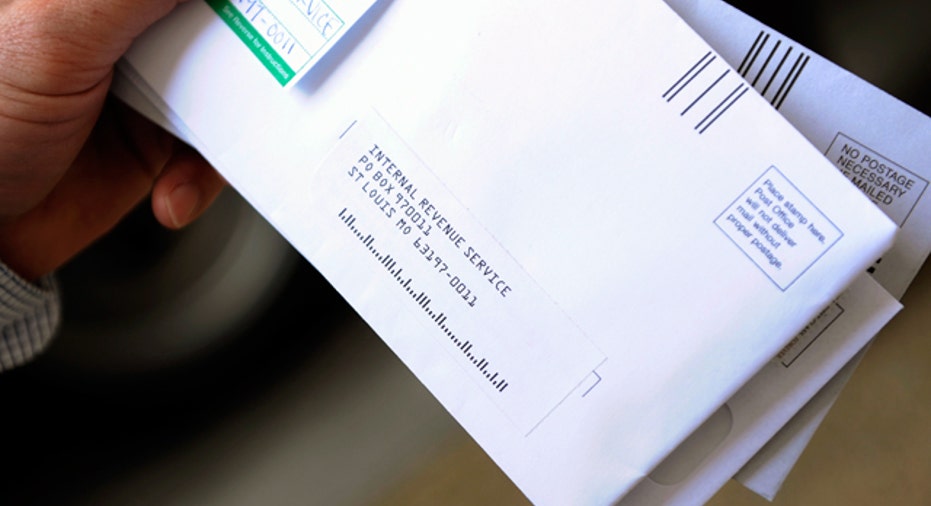Is Your Home Office Deduction a Red Flag?

Many small businesses are afraid to deduct their home office on their income tax return out of fear it will raise a red flag with the IRS and increase their chances of being audited. This statement may have been true in the 1990s, but not today. Here’s a little history to enlighten you.
In the early 1990s, Dr. Nadir Soliman lost his home office deduction during an audit of his income tax return. He fought the decision all the way to the Supreme Court, and lost. The IRS determined that Soliman, an anesthesiologist, failed part of its two-part test that determines the validity of a home office deduction.
Soliman claimed that none of the three hospitals he subcontracted with provided office space, and that he needed to perform administrative duties, medical research and consult with other medical professionals out of his home office, which qualified under the “exclusive use” test as he used the office he used in his three-bedroom apartment for no other purpose. But he failed the other test: principal place of business. Obviously, the hospital operating room was his principal place of business; he wasn’t administering anesthesia from his home office.
It didn’t matter that Soliman could have rented an office space near the hospital and that would have been deductible all day long. In light of this, the ruling was crazy but it stuck. Until about 1999, that is.
But during that nine-year period, the ruling was disastrous for entrepreneurs: Unless you performed all of your duties from your home office, you could not deduct it. That meant that pretty much everyone was excluded from the deduction; building contractors, landscapers, handymen, appraisers, realtors and so many others were no longer entitled to the deduction. And if they attempted to take it, they were likely thrown into an audit situation where it was disallowed, possibly along with other deductions that fell to an auditor’s scrutiny.
Finally in 1999, the IRS came to its senses and decided to retract its illogical thinking. The home office was back! Currently, there are so many more people who have become self-employed using home offices that the IRS no longer looks askance at the deduction.
So what are the rules? First of all, the space must be used exclusively as a home office. If the room you use is multi-purpose, say it’s a guest room as well as a home office then you must count only the area of the room that is 100% devoted to business use.
Secondly, the area must be used on a regular basis and be your principal place of business or as a place to meet or deal with patients, clients or customers in the normal course of your business. This means that you do not have a second location where most of your business activity takes place. In other words, you don’t have a retail store or a second office downtown and you just bring home bits of paperwork now and again. If that’s the case, you do not have a bona fide home office.
When taking the home office deduction, don’t forget to include areas of your home used for storage of inventory, equipment, and supplies, even if you have another main business location. Please note that there are special rules for child care providers.
IRS Publication 587 contains all of the rules and regulations you need to know in order to properly deduct your home office. But stay tuned, I will discuss more rules in my next column.
Bonnie Lee is an Enrolled Agent admitted to practice and representing taxpayers in all fifty states at all levels within the Internal Revenue Service. She is the owner of Taxpertise in Sonoma, CA and the author of Entrepreneur Press book, “Taxpertise, The Complete Book of Dirty Little Secrets and Hidden Deductions for Small Business that the IRS Doesn't Want You to Know.” Follow Bonnie Lee on Twitter at BLTaxpertise and at Facebook.



















